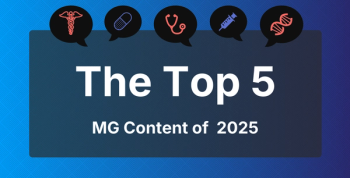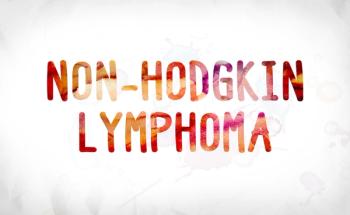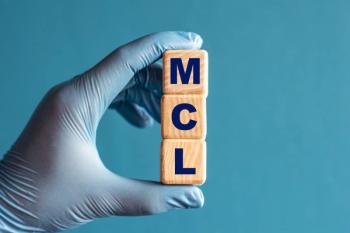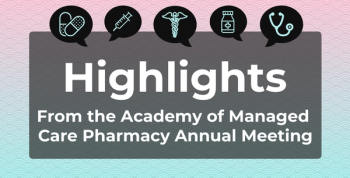
Advancements and Challenges in Treating Relapsed/Refractory Multiple Myeloma
In part 2 of our interview with Suzanne Lentzsch, MD, PhD, Columbia University's College of Physicians and Surgeon, she touches on potential new therapies, important clinical considerations, and treatment challenge for relapsed/refractory multiple myeloma.
In part 1 of
Here she continues the discussion by touching on potential new treatments for R/R multiple myeloma, important clinical considerations when choosing optimal therapy for patients with this hematologic cancer, and clinical challenges that continue to put up roadblocks to effective patient treatment.
AJMC: Can you discuss new therapies under development for the treatment of patients with R/R multiple myeloma?
Lentzsch: There are many new developments in relapsed/refractory multiple myeloma. We recently had an approval of 2 chimeric antigen receptor [CAR] T cells for earlier lines of treatment:
Right now, we also have 2 approved bispecific antibodies, the BCMA bispecific antibodies
AJMC: What factors should clinicians consider when selecting a therapeutic for treating a patient with R/R multiple myeloma?
Lentzsch: The sequencing of the treatment for [patients who have relapsed/refractory multiple myeloma] is not 100% clear. But we know that patients can undergo severe cytokine release syndrome [CRS] receiving CAR T cells. So in my opinion, I think that we should really focus more on the fit patient, maybe transplant eligible, then we consider CAR T cells. Bispecific treatments might be more for patients who are frail and older, and especially belantamab is very well tolerated. It has a very low grade of CRS or ICANS [immune effector cell–associated neurotoxicity syndrome]. And maybe belantamab in combination was pomalidomide is an excellent treatment for the very frail patient population. The downside is that it has ocular toxicity, which limits really the application for patients who need their vision.
AJMC: What clinical challenges remain when treating these patients, and what strategies could address these challenges?
Lentzsch: We still face many challenges when we treat our [patients who have relapsed/refractory disease]. One challenge is that we have right now 3 different approaches to target the BCMA-expressing multiple myeloma cells: CAR T cells, bispecifics, and the antibody-drug belantamab. The question is, can we use one drug after the other? Or do we exclude using CAR T cells targeting BCMA after we use the BCMA bispecific amivantamab?
Those are really questions we have to answer. The good news is that we have talquetamab, I mentioned already; that is a GPRC5D antibody that has a different target. So maybe after the BCMA targeting therapy, we might switch to a GPRC5D bispecific antibody or CAR T cell that's also currently in development.
Newsletter
Stay ahead of policy, cost, and value—subscribe to AJMC for expert insights at the intersection of clinical care and health economics.







































